Tips and Tricks
What Can You do With a Barometer on a Smartphone?
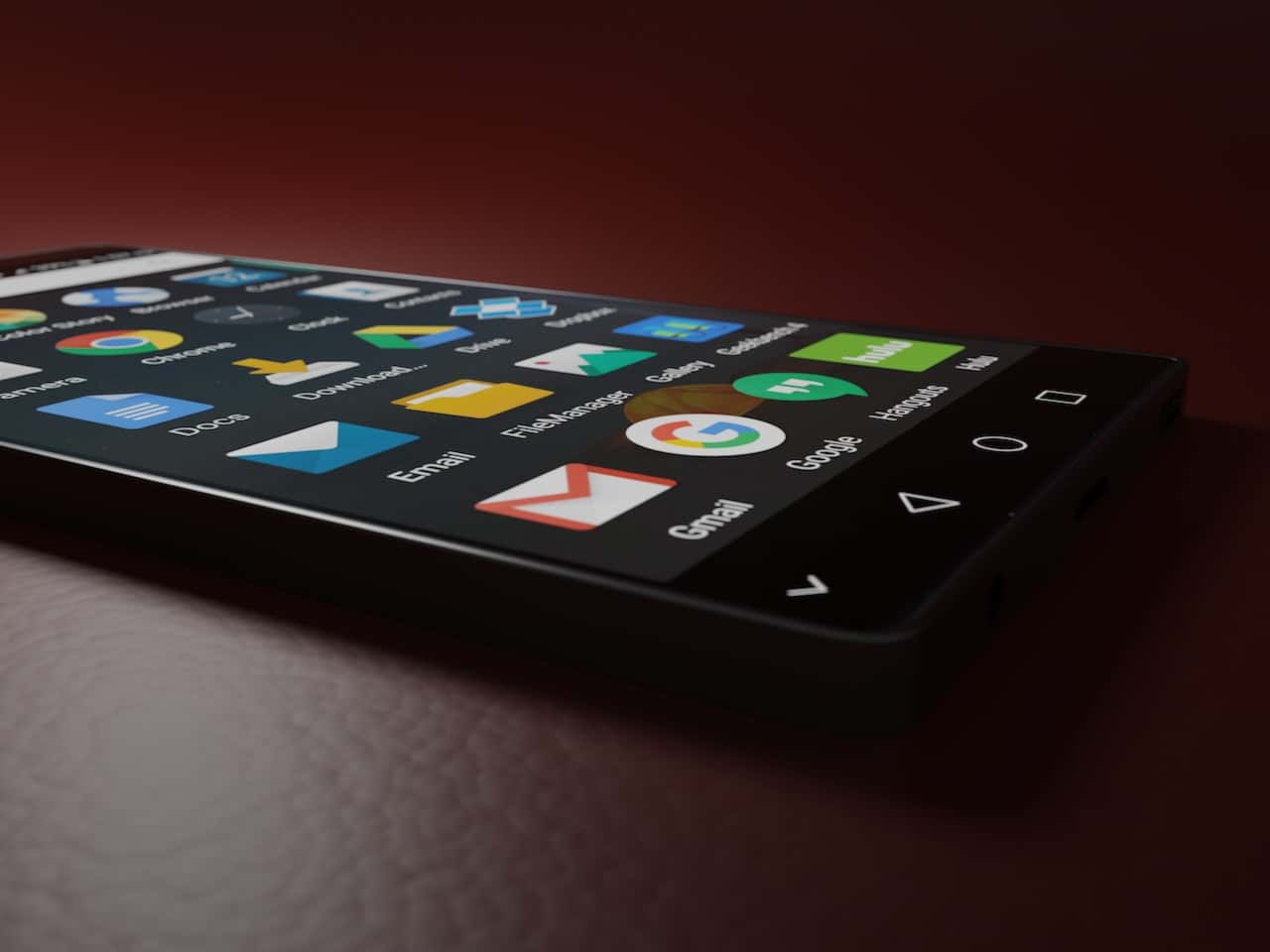
The barometer, a tool once primarily found in weather stations and aircraft, has found a new home in the pocket-sized computers we call smartphones. This addition has opened up an array of possibilities for applications and features that help us in our daily lives and beyond. From predicting weather changes to assisting in navigation, the smartphone barometer is an underrated hero in our everyday tech. Let’s explore this marvel in depth.
Understanding the Smartphone Barometer
At a basic level, a barometer measures atmospheric pressure. In a smartphone, the barometer measures pressure using tiny silicon elements that flex under pressure. These changes are then converted into electrical signals and subsequently processed by the device. Now, the question is: how does this barometric data help us in our daily lives? What practical uses does this advanced technology serve?
Many might not realize this, but smartphone barometers are more common than we think. For example, the iPhone 6 and newer models, and most high-end Android phones such as the Samsung Galaxy S9 or Google Pixel 3, have built-in barometers. These devices utilize the barometer to perform an array of tasks, from simple weather forecasting to more advanced features, which we’ll delve into below.
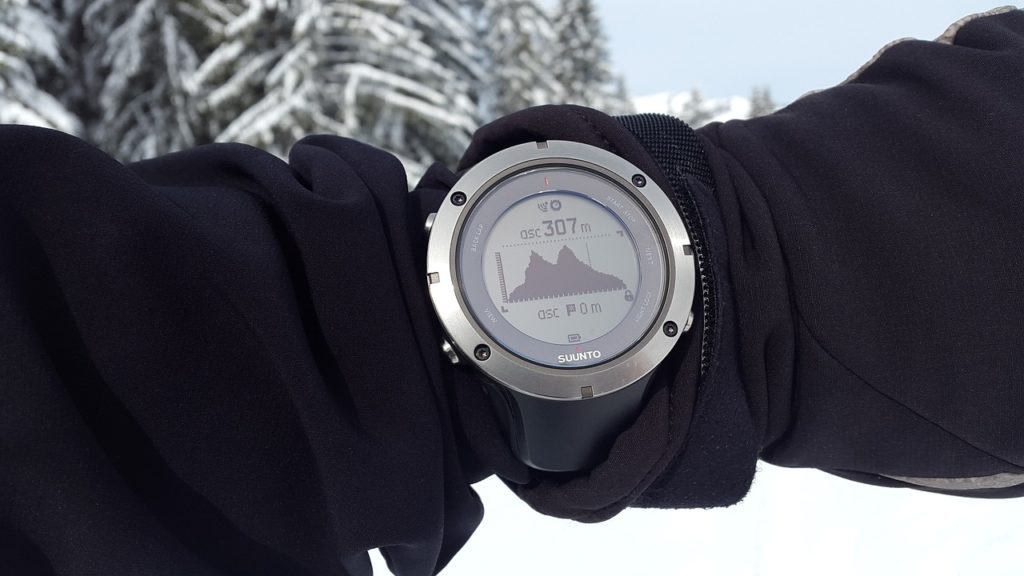
Practical Everyday Applications of Smartphone Barometers
When it comes to the practical applications of smartphone barometers, they extend far beyond mere novelty. These sophisticated sensors serve vital roles in various aspects of our digital lives.
Weather Prediction and Meteorology Apps
One of the primary uses of a barometer is weather prediction. Smartphone barometers can provide localized atmospheric pressure readings, which are vital in forecasting short-term weather changes. Apps like Dark Sky, WeatherSignal, and PressureNet actively use barometric data to provide hyper-local weather forecasts. This comes in handy for activities such as planning a picnic or deciding whether to carry an umbrella when heading out.
Applications for Fitness and Outdoor Activities
Fitness enthusiasts and outdoor adventurers also find significant benefits from smartphone barometers. For instance, the barometer can measure altitude based on atmospheric pressure changes, making it a valuable tool for hikers, mountain climbers, and cyclists.
Fitness tracking apps like Strava, Endomondo, and Runtastic Pro use the phone’s barometer to calculate the number of flights climbed and to provide more accurate elevation gain and loss data during workouts. This data is essential for athletes to monitor their performance accurately and track their progress.
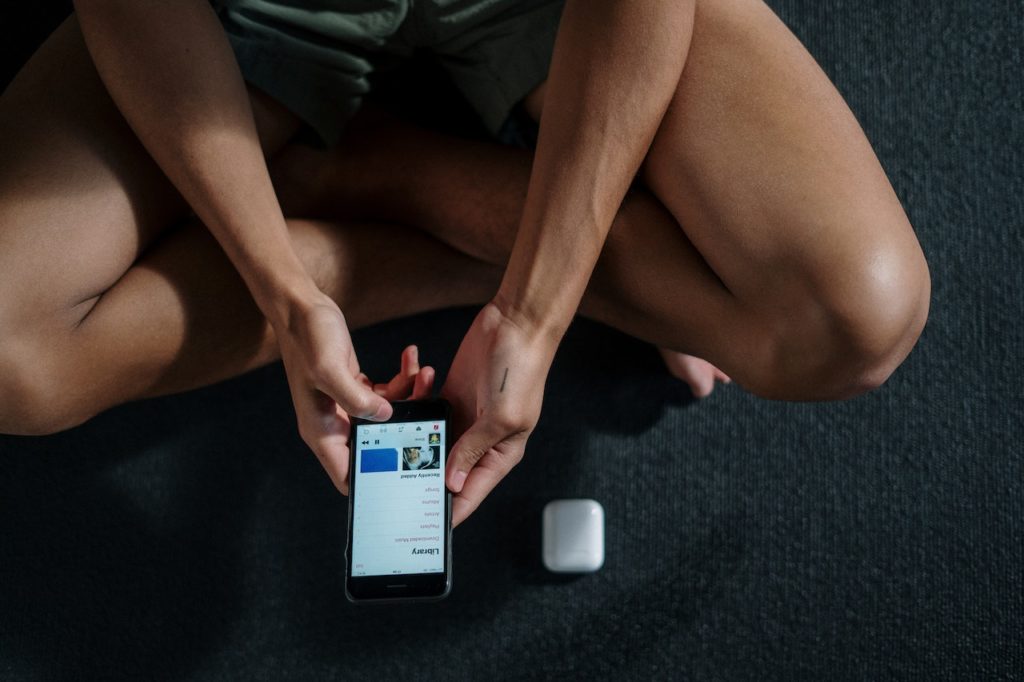
Use in Navigation and Location-Based Services
Global Positioning System (GPS) often struggles with determining the precise altitude. Here, the smartphone barometer comes into play. By leveraging barometric data, smartphones can more accurately pinpoint the user’s location, particularly the vertical position (altitude). This feature is especially useful in high-rise buildings, enhancing the accuracy of apps that rely on location services.
Advanced Applications of Smartphone Barometers
While the above applications primarily cater to individuals, smartphone barometers can also have larger-scale implications, notably in scientific research, indoor navigation, and disaster management.
Use in Scientific Research
Crowdsourced atmospheric data collected from millions of smartphones can provide valuable insights for meteorologists. For instance, the pressure readings from a mass number of smartphones in a particular area can help detect and analyze microclimates and weather patterns more precisely. The University of Washington initiated a project called ‘PressureNet’ that gathered barometric data from Android users worldwide, demonstrating this exact concept.
Applications in Indoor Navigation and 3D Mapping
Indoor navigation is a challenge for standard GPS technology, as the signals often can’t penetrate walls and ceilings. However, smartphone barometers, in combination with other sensors, can help overcome this obstacle.
Applications such as Google’s “VPS” (Visual Positioning Service) can utilize pressure sensor data to help identify which floor a user is on in a multi-story building, improving the accuracy of indoor mapping and navigation. In large malls or airports, this can be a crucial feature for users trying to navigate their way around.
Disaster Preparedness and Emergency Response
Smartphone barometers can also play a significant role in disaster preparedness. Rapid drops in atmospheric pressure can indicate severe weather events like hurricanes or cyclones. Timely collection and analysis of this data can aid in issuing early warnings, potentially saving lives. Apps like ‘Hurricane Tracker’ and ‘Storm Radar’ use this technology, providing users with real-time updates during severe weather conditions.
Future Potentials of Smartphone Barometers
The incorporation of barometers in smartphones has just begun to scratch the surface of potential applications. As technology advances, we can anticipate even more innovative uses of these sensors.
Scientists are exploring the potential for smartphone barometers to help detect earthquakes. In theory, the barometric pressure changes caused by seismic waves could be picked up by these sensors, potentially creating a network of earthquake detectors worldwide. Similarly, there’s potential in health and wellness applications, with ongoing research into how changes in atmospheric pressure may influence our wellbeing.
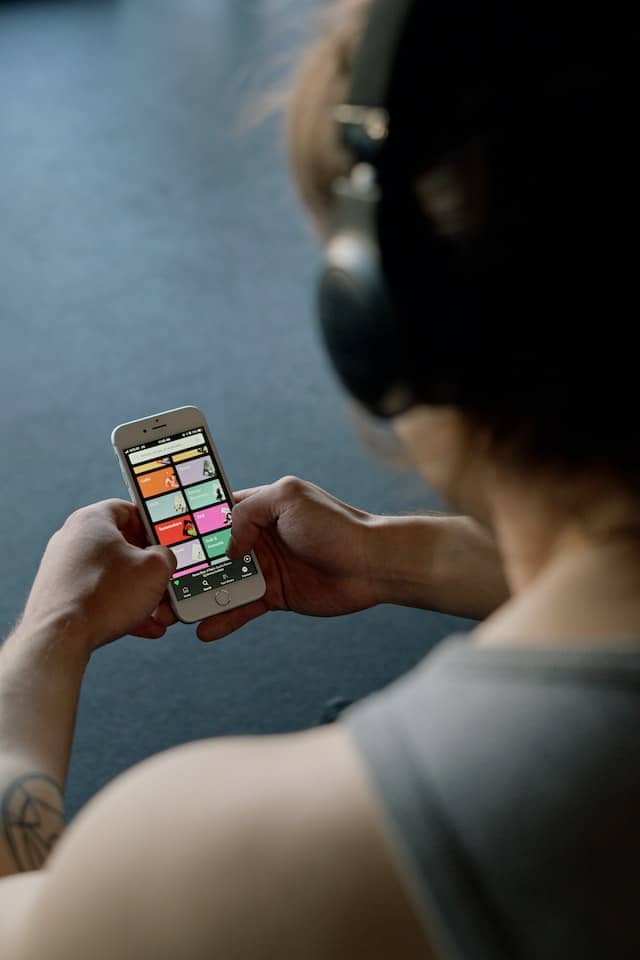
Wrapping Up
The barometer is no longer just an instrument in a weather station; it’s an integral component of our smartphones that impacts our daily lives in myriad ways. From helping predict the weather to navigating unfamiliar spaces, to potentially warning us about natural disasters, the smartphone barometer is a powerful tool at our fingertips.
As we look to the future, the potential applications of this technology are vast and exciting. The integration of barometers in our smartphones exemplifies how technology can become intertwined with our lives, providing us with useful, and in some cases, life-saving information. Truly, we are only beginning to tap into the power of the humble barometer in our pocket.
-

 Gadgets6 months ago
Gadgets6 months agoCan Dogs Use VR Headsets?
-

 Tech6 months ago
Tech6 months agoWhat Does “Voicemail Pending” Mean?
-
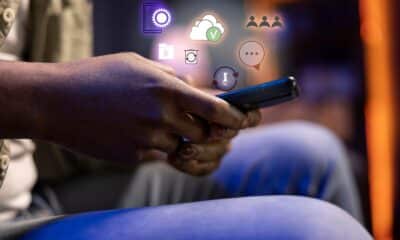
 Phones5 months ago
Phones5 months agoHow Do I Know if My Phone Supports AR?
-

 Tech5 months ago
Tech5 months agoDoes Astigmatism Affect Your VR Experience?
-

 Business5 months ago
Business5 months agoHow Do You Make an AR Without Coding?
-
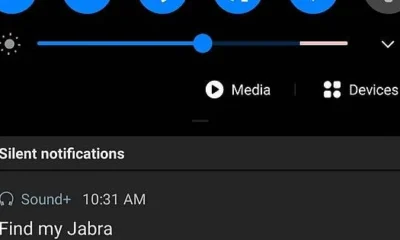
 Phones5 months ago
Phones5 months agoWhat To Do About That Weird Notification Sound on Android?
-
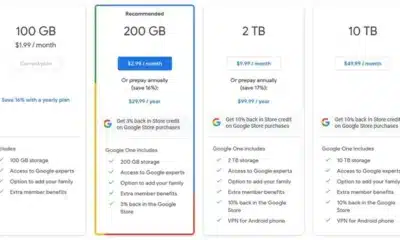
 Tech4 months ago
Tech4 months agoHow Can I Get Google Drive 1TB for Free?
-

 Phones4 months ago
Phones4 months agoHow Does SnapDrop Work? – Instant File Sharing Made Easy



















